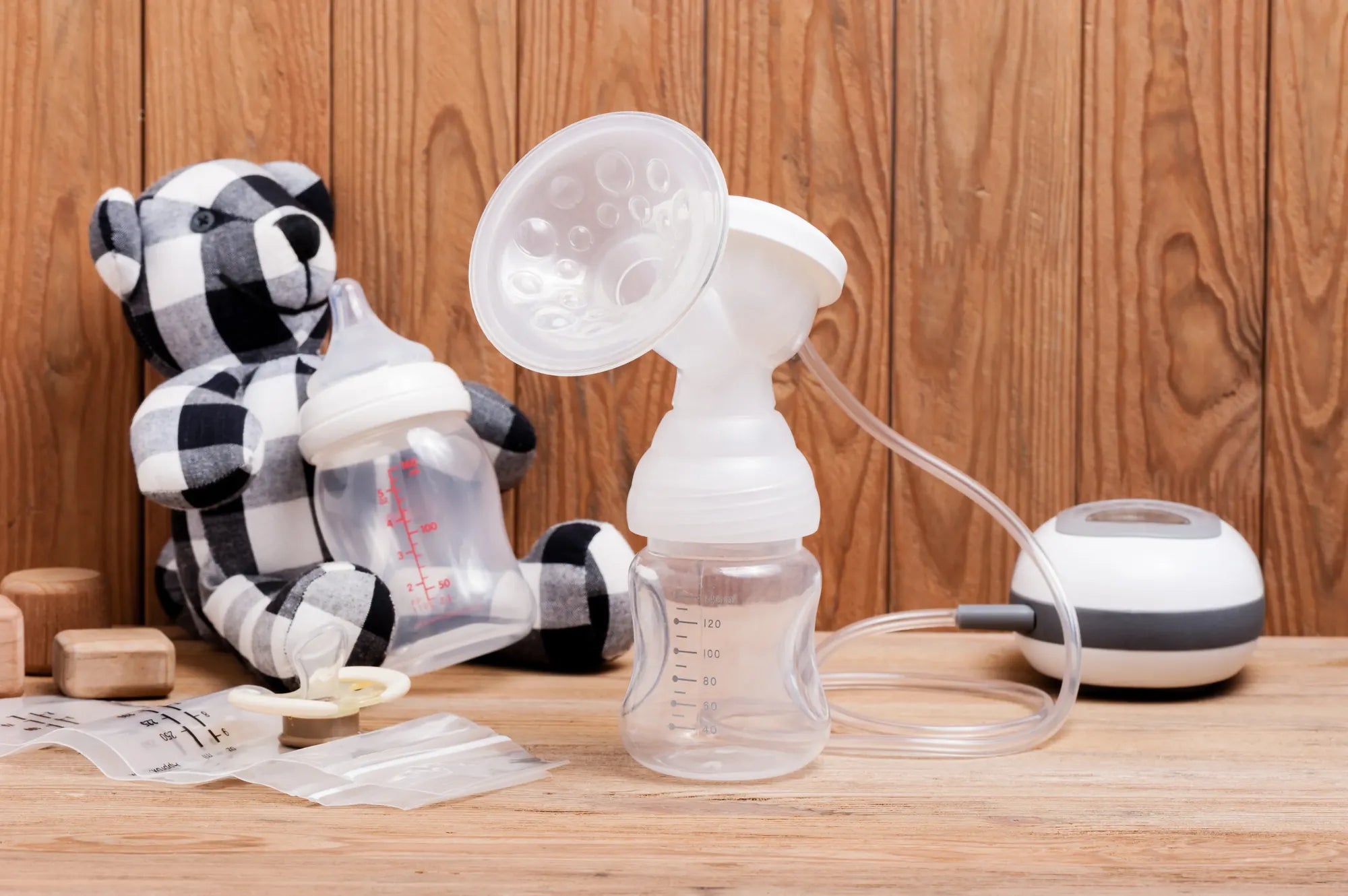Home
Pregnancy, Breastfeeding, and Pumping: The Ultimate Guide for Moms
How Much Breast Milk Should You Be Pumping Pre Breast

How Much Breast Milk Should You Be Pumping Pre Breast
Navigating the world of breastfeeding and pumping can be overwhelming for new mothers. One of the most common questions is: how much breast milk should you be pumping pre breast? The answer isn't straightforward, as it depends on various factors including your baby's needs, your body's milk production, and your pumping schedule. This article will guide you through the essentials to help you make informed decisions.
Understanding Breast Milk Production
Breast milk production is a complex process influenced by hormones, baby's demand, and your overall health. In the early days, your body produces colostrum, a nutrient-rich milk that is crucial for your baby's immune system. As your baby grows, your milk supply adjusts to meet their needs. Pumping can help stimulate milk production and ensure you have enough milk stored for times when breastfeeding isn't possible.
Factors Influencing How Much to Pump
Several factors determine how much breast milk you should pump before breastfeeding. These include:
- Baby's Age and Needs: Newborns typically need smaller amounts of milk more frequently, while older babies may consume larger quantities less often.
- Your Milk Supply: Some mothers naturally produce more milk than others. Understanding your supply can help you gauge how much to pump.
- Pumping Schedule: Regular pumping sessions can help maintain or increase your milk supply. The timing and frequency of these sessions play a crucial role.
- Storage Capacity: Your breasts' storage capacity can vary. Some mothers can store more milk, allowing for longer intervals between pumping sessions.
Practical Tips for Pumping
Here are some practical tips to help you determine how much breast milk to pump:
- Start Small: Begin with shorter pumping sessions and gradually increase the duration as your milk supply establishes.
- Monitor Output: Keep track of how much milk you pump during each session. This can help you identify patterns and adjust your schedule accordingly.
- Stay Hydrated and Nourished: Proper hydration and nutrition are essential for maintaining a healthy milk supply.
- Use Proper Techniques: Ensure you are using the correct pumping techniques to maximize milk output and avoid discomfort.
Expert Advice
Consulting with a lactation expert can provide personalized guidance tailored to your specific situation. They can help you develop a pumping plan that aligns with your baby's needs and your lifestyle. Additionally, joining support groups can offer valuable insights and encouragement from other mothers who have gone through similar experiences.
Common Challenges and Solutions
Many mothers face challenges when it comes to pumping breast milk. Some common issues include low milk supply, discomfort, and difficulty maintaining a consistent schedule. Here are some solutions:
- Low Milk Supply: Frequent pumping, proper hydration, and a balanced diet can help boost milk production.
- Discomfort: Ensure you are using the correct flange size and take breaks if you experience pain.
- Inconsistent Schedule: Try to establish a routine that fits into your daily activities. Even short, regular sessions can be beneficial.
Storing and Using Pumped Milk
Proper storage of pumped milk is crucial to maintain its quality. Here are some guidelines:
- Storage Containers: Use clean, BPA-free containers specifically designed for breast milk storage.
- Labeling: Label each container with the date and time of pumping to ensure you use the oldest milk first.
- Temperature: Store milk in the refrigerator or freezer according to recommended guidelines to preserve its nutrients.
Balancing Breastfeeding and Pumping
Finding a balance between breastfeeding and pumping can be challenging but is essential for both you and your baby. Here are some tips:
- Prioritize Breastfeeding: Whenever possible, prioritize direct breastfeeding to maintain a strong bond and ensure your baby receives the freshest milk.
- Flexible Pumping: Be flexible with your pumping schedule to accommodate your baby's feeding patterns and your daily routine.
- Self-Care: Take care of your physical and emotional well-being to sustain your milk supply and overall health.
Determining how much breast milk to pump before breastfeeding is a personal journey that requires patience and understanding. By considering the factors that influence milk production, following practical tips, and seeking expert advice, you can navigate this phase with confidence. Remember, every mother's experience is unique, and it's essential to find what works best for you and your baby. Embrace the process, and don't hesitate to reach out for support when needed.
Share


